Latest Tech Blogs
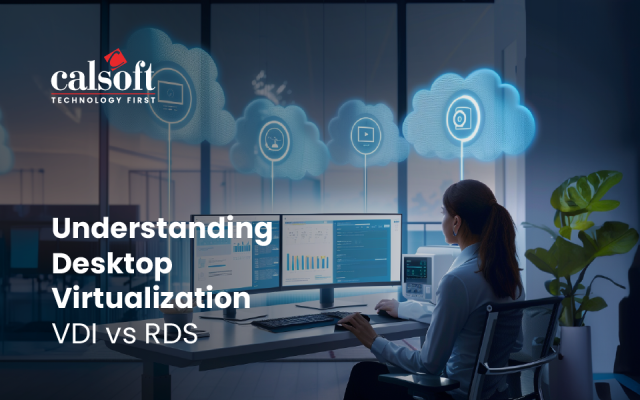
Virtual Desktop Infrastructure (VDI) Vs. Remote Desktop Services (RDS)
Both RDS and VDI are core components of desktop virtualization, and they satisfy specific computing requirements and scenarios with deployment readiness and flexibility. VDI and RDS have peculiarities that adapt to the different needs of a business, but making a choice between them could be difficult for some companies. Benefits of Virtual Desktop
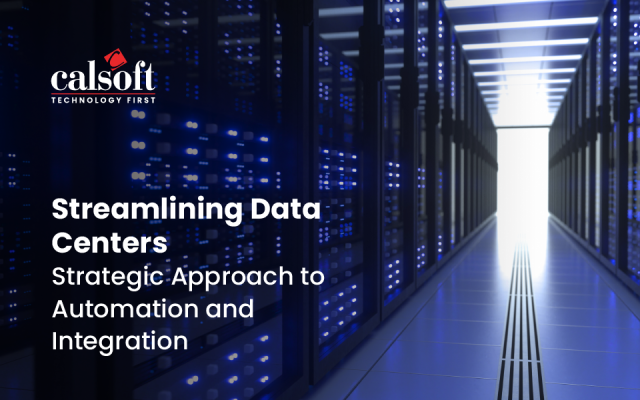
Streamlining Data Centers: Strategic Approach to Automation and Integration
Data centers (DCs) have evolved. Discover key enablers for automation and integrated management, transforming DC operations. Explore to fine-tune your strategy!
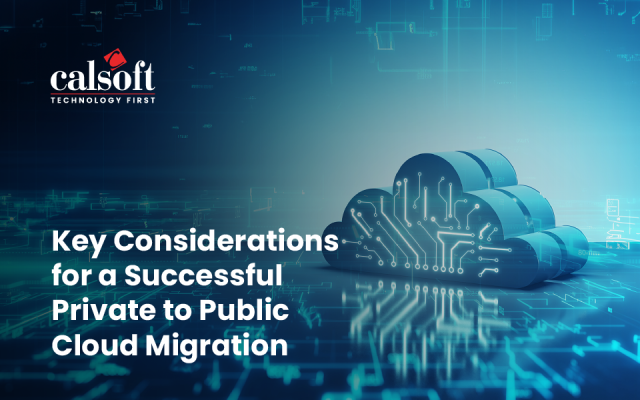
Key Considerations for a Successful Private to Public Cloud Migration
Successfully migrating from a private to a public cloud requires careful planning and consideration to ensure seamless business operations. Read our latest blog to explore essential factors for a seamless transition from Private to Public Cloud!
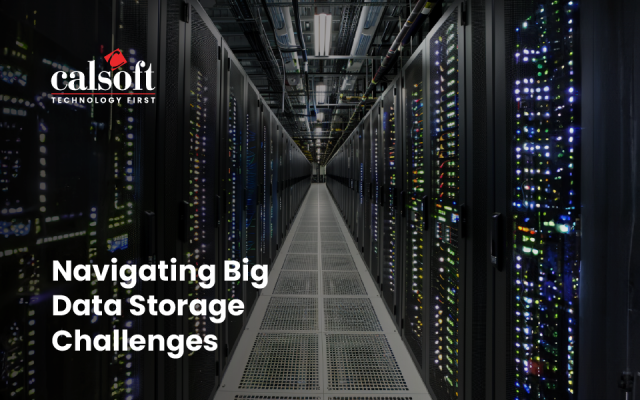
Storage Considerations for Big Data Storage
The last decade or so has seen a big leap in technological advancements. One of the technologies to come up at this time and see a rapid…
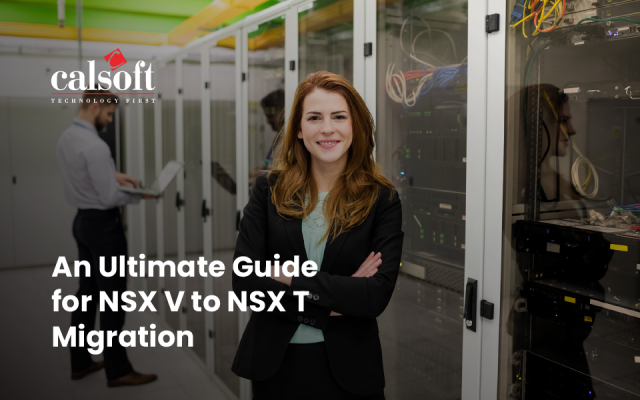
An Ultimate Guide for NSX V to NSX T Migration
The migration of NSX V to NSX T typically involves detailed migration plan to ensure minimal disruption and to take advantage of the enhanced features and capabilities of VMware’s next-generation networking and security platform, NSX-T. Read the blog to explore the detailed migration path from NSX V to NSX T.
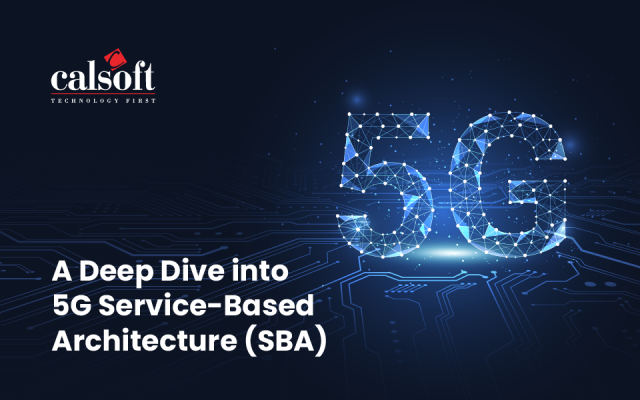
A Deep Dive into 5G Service-Based Architecture (SBA)
5G technology roll out signifies an immense revenue opportunity for telecom industry.

Optimizing HR with LLMs and Langchain
Langchain and LLM can modernize the way HR departments operate, from automating recruitment processes to providing personalized training recommendations, and enhancing decision-making, while ensuring the security and transparency of HR operations.
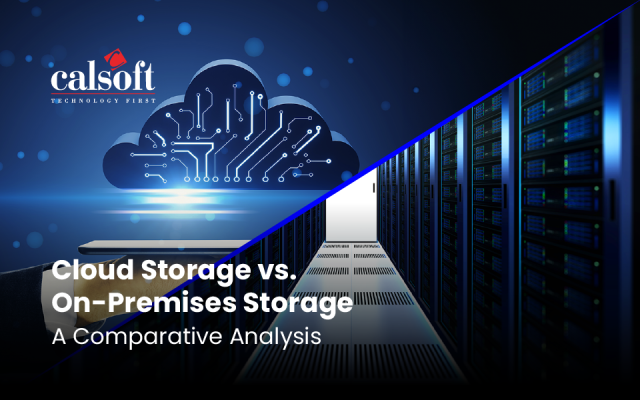
Cloud Storage vs. On-Premises Storage: A Comparative Analysis
Enterprises in today’s digital landscape, be they Large/ Small Medium Enterprises (L/SMEs) or startups, face a perpetual dilemma – how to manage their data, applications, and technology…
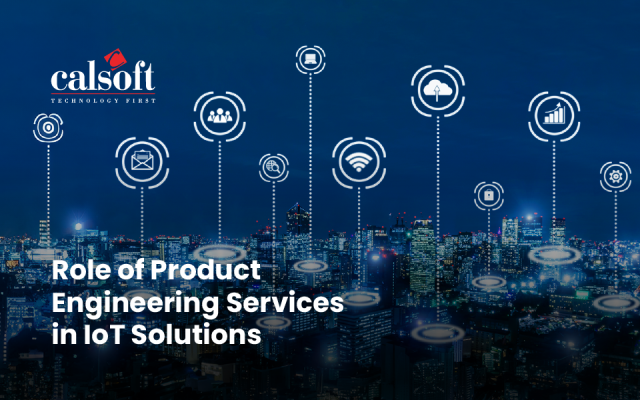
Role of Product Engineering Services in IoT Solutions
Explore the pivotal role of Product Engineering Services in revolutionizing IoT solutions. Unlock innovation and efficiency with expert insights.
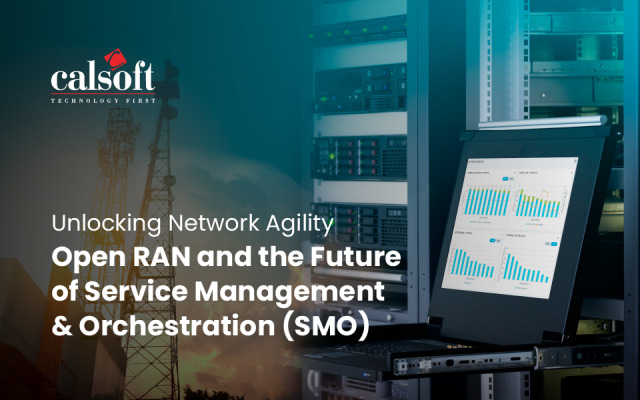
Unlocking Network Agility: Open RAN and the Future of Service Management & Orchestration (SMO)
Recently, Open RAN turned out to be a transformative and innovative solution in the telecom industry. Service Management Orchestration (SMO) serves at the core of this transformative solution, revolutionizing the way mobile networks are deployed and managed. SMO in Open RAN framework foster openness, flexibility, interoperability supporting multi-vendor and cost-effective network deployments. SMO is paving the way for a new era of wireless connectivity, shaping the future of Open RAN deployments. Read the blog to explore the significance of SMO platform in Open RAN framework.
